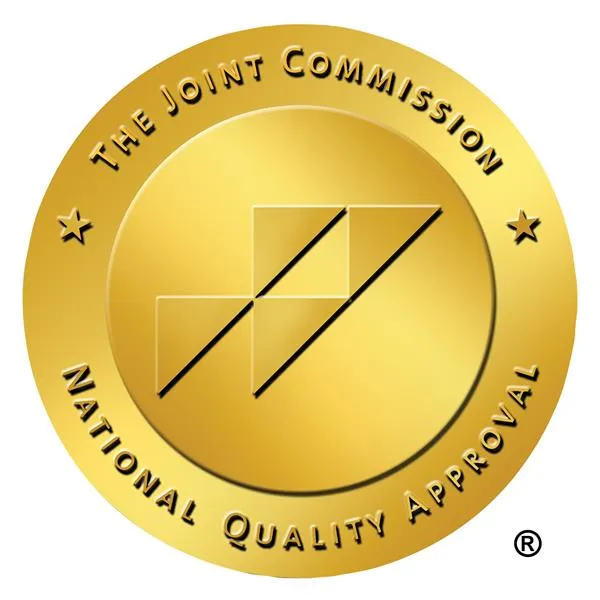Radiology Technologists, also referred to as Rad Techs or radiographers, are healthcare professionals who help patients by performing imaging procedures or conducting medical exams of specific body parts via diagnostic imaging equipment. These images will then be forwarded to physicians for proper diagnosing and patient monitoring.
In 2022, there were 222,452 rad techs in the US alone, and this number is expected to grow in the coming years. If you’re on the fence about whether becoming a rad tech is right for you, in this article, we tackle the pros and cons of being a radiology technologist to help you land a decision.
The pros of being a radiology tech
Limited time in school
Unlike other healthcare careers, you won’t need to complete a four-year program to become a rad tech. You’d only need to get a high school diploma or a GED certificate and a two-year associate’s degree from a college accredited by the Joint Review Committee on Education in Radiologic Technology. Because of rad tech’s minimal schooling requirement, you can enter the job market earlier, apply your knowledge sooner, and develop your skills faster.
Comfortable salary
According to ZipRecruiter, the average hourly wage for a rad tech in the US is US$46.11 per hour as of July 1, 2024. Meanwhile, according to the Bureau of Labor and Statistics (BLS), in May 2023, the median annual wage for radiology technologists and technicians was US$73,410.
There is an opportunity to earn more depending on your level of education, experience, place of employment, and the state you’re working in. Having certificates and specializations can also increase your salary.
Traveling opportunities abound
Similar to nurses and physicians, there are many traveling rad tech opportunities in various states. This gives rad techs who want to explore working in a variety of facilities in different states the option to work as a traveling radiology technician is widely available, especially after the pandemic.
Fulfilling job
As frontline healthcare professionals, radiology technologists go to work every day to help save patients’ lives.
Rad techs are in charge of creating clear images of people’s body parts, which help doctors accurately diagnose and treat illnesses. In the course of their procedures, you’ll help patients with their procedures, ensure that they’re properly positioned, and address their questions and concerns. You’ll also help them feel comfortable, especially when they’re feeling nervous or anxious about a procedure.
The cons of being a radiology tech
Physically demanding
Being a radiology technologist is a physically demanding job that requires you to be constantly on your feet. It also involves assisting patients with limited mobility, or who are of advanced age, which may require them to perform lifting and positioning. On top of these, rad techs constantly also move, push, manipulate, and handle heavy equipment, which could be hard on your back and knees.
To counter potential back injuries, you should practice good ergonomic techniques; avoid overextending or overreaching, do not lift patients alone, and lift loads close to the body.
Occupational challenges
Because rad techs work with equipment that emits radiation, they need to protect themselves from radiation exposure by wearing proper protective clothing, including radiation vests, aprons, gloves, and goggles.
When developing X-ray films, you will also be exposed to chemicals that can be damaging to your health. To avoid developing skin and respiratory diseases, you would need to understand the proper mix ratios of these chemicals and use chemical-resistant gloves and goggles.

